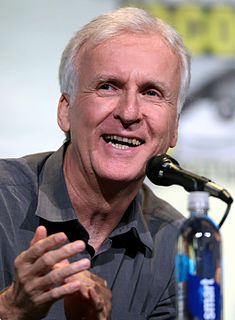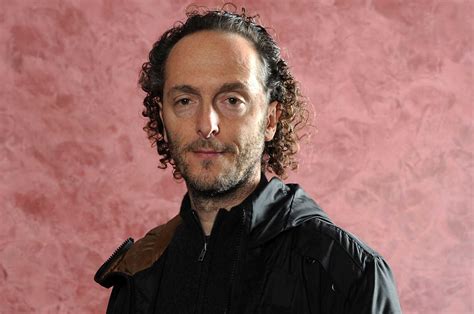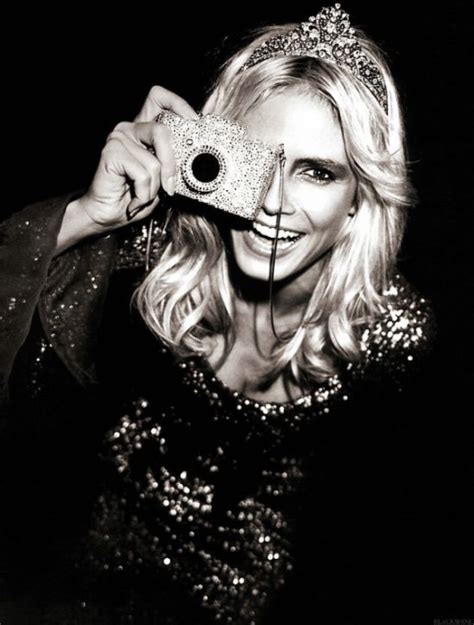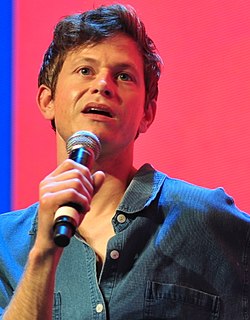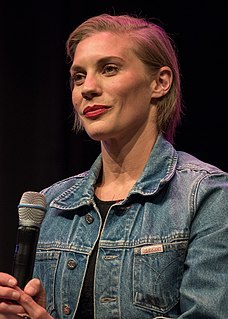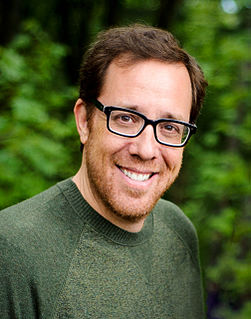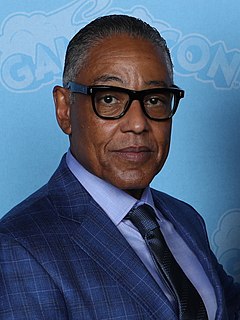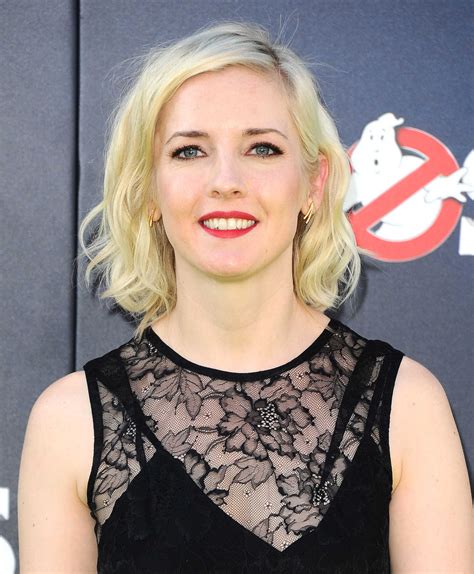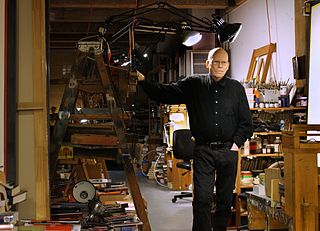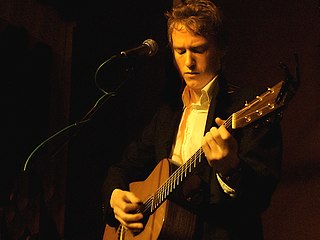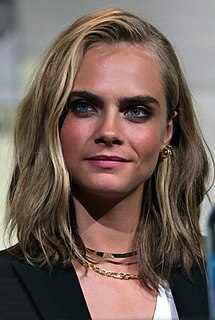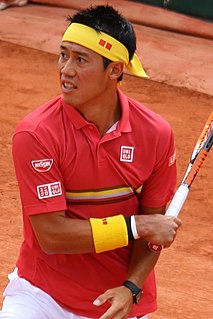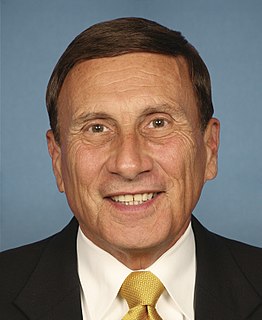A Quote by James Cameron
I actually started as a model builder and quickly progressed into production design, which made sense because I could draw and paint. But I kept watching that guy over there who was moving the actors around and setting up the shots.
Related Quotes
Jack Geisinger. He passed, but we were friends up until the end. We took a dress design and apparel class, and I realized that I didn't like it, mostly because I couldn't sew very well. I then change over to textile design, where I could draw and paint. It was perfect for me. I got to the height of my career as a textile designer. I was working with people like Donna Karan, Jean Muir, and Scott Barrie.
I was watching a movie called 'Perfume.' The book is really good, but the movie is really bad. My friend was making fun of it. He kept calling this obese guy a perfume genius. When I started putting my songs up on MySpace, I didn't know what was going to happen. I actually didn't put much thought into a name and just quickly used Perfume Genius.
You're already using your imagination because you're watching fiction and then you're trying to believe that this girl who weighs 100 lbs, soaking wet, could actually beat up a guy. Which works in a lot of situations but in a lot of situations you look at it and you're like, "Come on. Could you please get someone in there who actually has biceps and not just because they don't eat?"
Cinema is the most challenging art form that you as an artist can create. It's easier to paint a painting because you're very alone. You just have the canvas in front of you and then you do stuff. I'm not saying it's easy to paint, but it's a solitary thing. Whereas movies combine so many different things from pre-production to production, sound design, production designing, leading, organizing, while still being creative.
The Cable Guy was underbudgeted, so it was always a debate about whether we could have more days or certain things that we needed, because the budget was determined before the script was written. So that made it a hard production on everybody. But it's also a funny thing, because it's one of those movies that cost $40 million to make and made $100 million around the world, but at the time, it seemed like a disaster that it didn't make hundreds of millions of dollars, because Jim was on such a tear. But it was actually a successful movie.
Films are made the same today, as they've ever been made, in certain respects. The scriptwriting, the pre-production, the storyboarding, and the designing are all the same. The technique of animation has changed, in the sense that rather than drawing it by hand, we use a computer as a tool. The computer has become a pencil to draw or paint the images that we see in a film.
I first felt successful when I was 13 and in a show called "Seesaw." I came offstage and heard the applause of the theater audience and felt a sense of accomplishment. Around that time, my role model for success was Burt Lancaster. He was one of the first actors in Hollywood to start his own production company, and I respected him because he created something he believed in.
I remember writing 'The One I Can't Have' at the kitchen table. I was looking at a picture of Truman Capote with Marilyn Monroe and that's where I started. It doesn't make any sense because he was gay, but it was just the idea of the short guy and the beautiful blonde out of his league. That's where I started, but very quickly it became about me.
